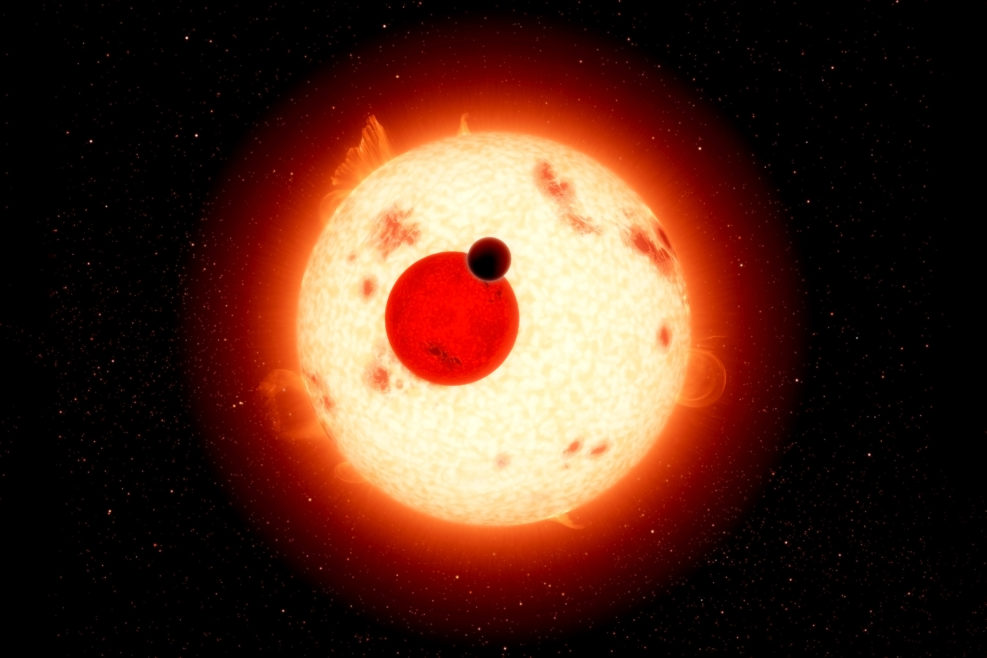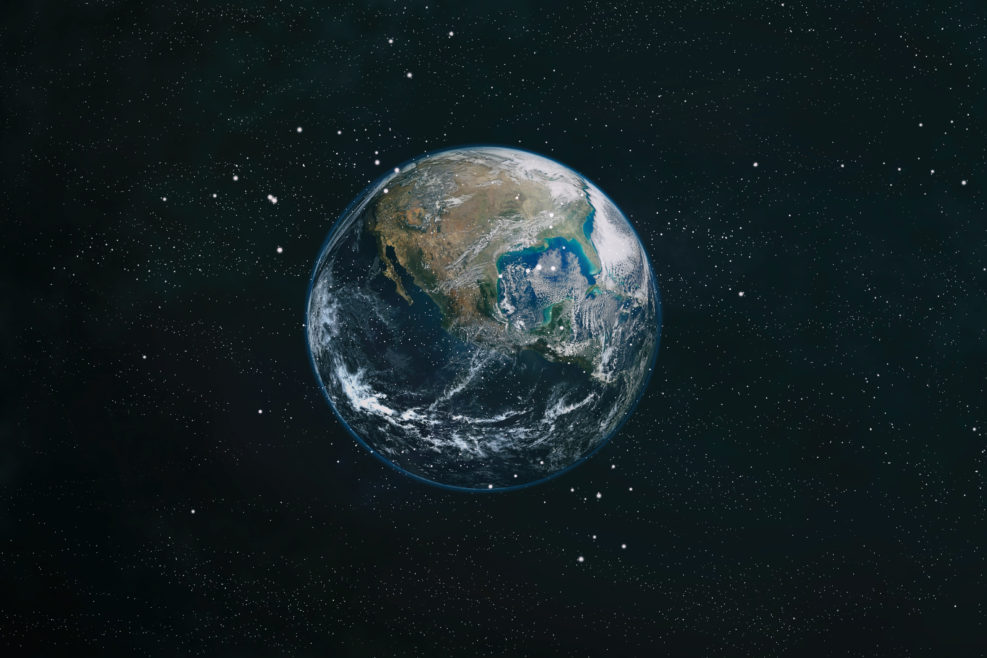
Carl Sagan Institute: Who Can See Us From Outer Space?
Most exoplanets are spotted when they dim a star’s light while crossing it. Earth does the same thingWe’ve all heard of astronomer Carl Sagan’s pale blue dot (Earth from a billion miles away, 1990). But Jaimie Green reminds us at Slate that Sagan (1934–1996) also published a paper in 1993 that looked at Earth from that distance as if it were an exoplanet. What signals would prompt them to suspect life here? That approach is still followed by astronomer and director Lisa Kaltenegger at Cornell University’s Carl Sagan Institute. One question is, where would an intelligent, technologically advanced civilization need to be to see us? Kaltenegger and her collaborators used new data from the European Space Agency’s Gaia mission to figure out which stars have, have had, or will in the next 5,000 years have the right Read More ›
